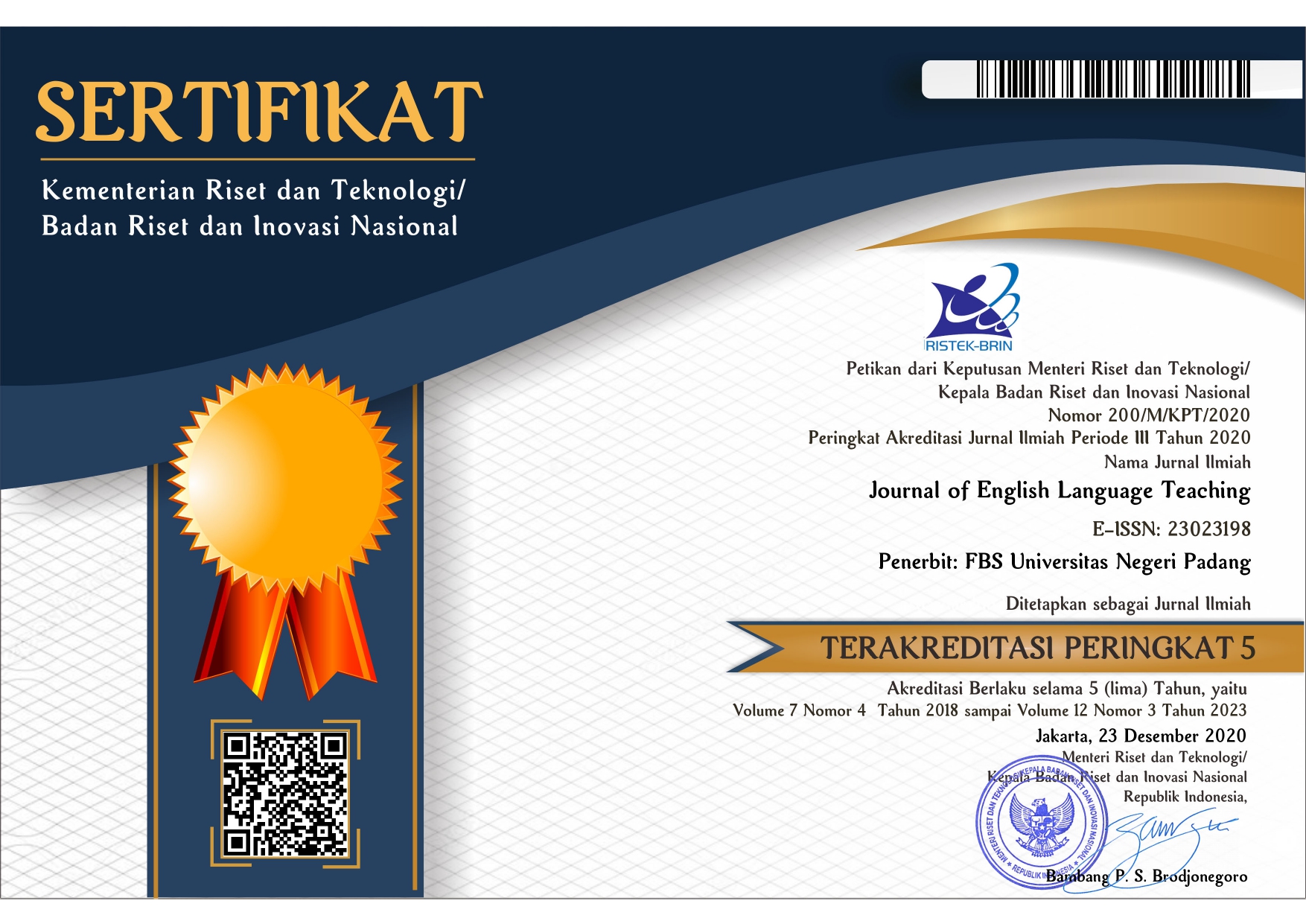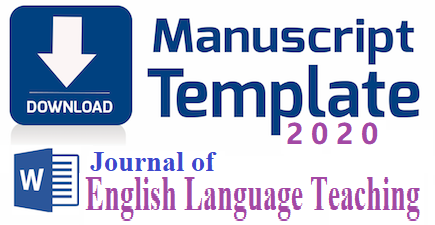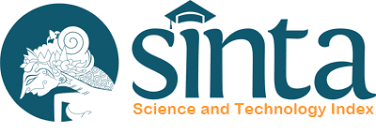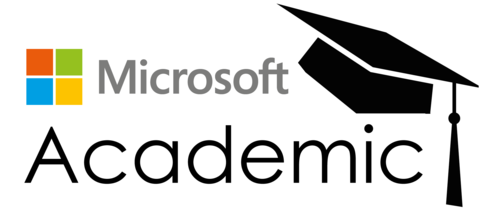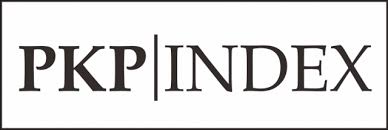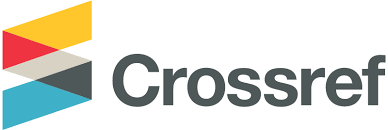Student Teachers’ Multimodal and Digital Literacy Competence in Their Teaching Practice Program at High Schools in West Sumatera Province
 ), Fitrawati Fitrawati(2),
), Fitrawati Fitrawati(2), (1)
(2)
 Corresponding Author
Corresponding Author
Copyright (c) 2024 Rabil Alamsyah, Fitrawati Fitrawati
DOI : https://doi.org/10.24036/jelt.v13i4.131261
Full Text:
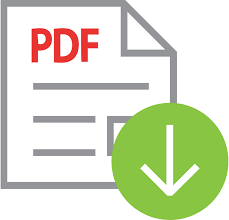 Language : en
Language : en
Abstract
Keywords
References
Almusharraf, N. M. & Engemann, J. F. (2020). Postsecondary Instructors’ Perspectives on Teaching English as a Foreign Language by Means of a Multimodal Digital Literacy Approach. International Journal of Emerging Technologies in Learning, 15(18), 86–107. https://doi.org/10.3991/ijet.v15i18.15451
Bulut, B., Ulu, H. & Kan, A. (2015). Multimodal literacy scale: A study of validity and reliability. Eurasian Journal of Educational Research, 61, 45-60. http://dx.doi.org/10.14689/ejer.2015.61.3
Cope, B., & Kalantzis, M. (2000). Multiliteracies: Literacy learning and the design of social futures. Routledge.
Eksi, Gonca & Yılmaz Yakışık, Burçak. (2015). An Investigation of Prospective English Language Teachers’ Multimodal Literacy. Procedia - Social and Behavioral Sciences. 199. 464-471. 10.1016/j.sbspro.2015.07.533
Jewitt, C. (2008). Multimodality and literacy in school classrooms. Review of Research in Education, 32, 241–267.
Jones, R. H., & Hafner, C. A. (2012). Understanding digital literacies: A practical introduction. Routledge.
Lankshear, C., & Knobel, M. (2003). New literacies: Changing knowledge and classroom learning. Open University Press.
Putri, Miranti Eka. (2022). Monograph Digitalization on English Language Education: Literacy and Competence (Cetakan Pertama). Yogyakarta: Deepublish Publisher.
Trilling, B., & Fadel, C. (2009). 21st Century Skills: Learning for Life in Our Times. San Francisco, CA: John Wiley & Sons.
Warschauer, M. (1998). Researching technology in TESOL: Determinist, instrumental, and critical approaches. TESOL Quarterly, 32, 757–761.
 Article Metrics
Article Metrics
 Abstract Views : 22 times
Abstract Views : 22 times
 PDF Downloaded : 20 times
PDF Downloaded : 20 times
Refbacks
- There are currently no refbacks.
Copyright (c) 2024 Rabil Alamsyah, Fitrawati Fitrawati

This work is licensed under a Creative Commons Attribution-NonCommercial 4.0 International License.

